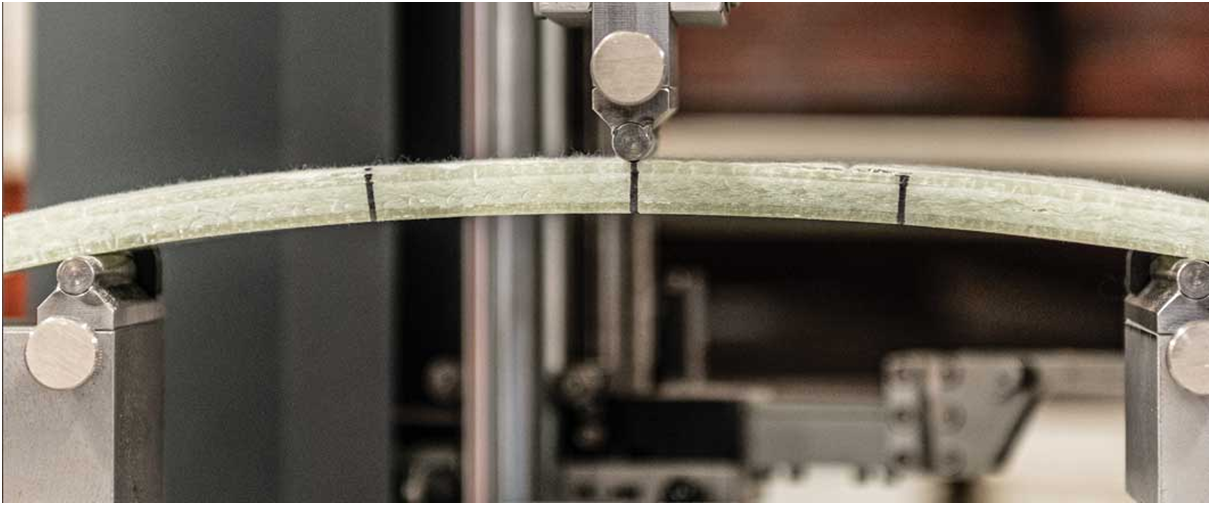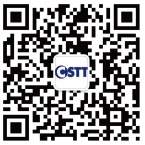内衬特性,例如弹性弯曲模量、弯曲强度、长期特性保持系数、截面厚度和截面几何形状,是常见的紧密贴合内衬设计指南设计中的控制参数。

Studying the Properties of Close-fit Liners
Liner properties, such as elastic flexural modulus, flexural strength, long-term property retention factors, section thickness and section geometry are governing parameters in the design of common close-fitting liner design guidelines.
Generally, the design of liners focuses around choosing a sufficient liner thickness for a given manufacturer’s product, with their own respective material properties, to withstand various loading conditions over the service life of the installation. Material properties such as flexural modulus, flexural strength and long-term performance factors are obtained from the manufacturers based on material testing conducted in house or by independent third-party testing laboratories. To make confident predictions of the structure’s load resistance and factor of safety, designers need to be certain that the material’s short- and long-term elastic moduli, flexural strength and section properties are satisfactorily accurate after installation.
Short-Term Flexural Properties
Three-point flexural tests measure the force required to bend a beam under three-point loading conditions (ASTM D790, ISO 178). Following ASTM F1216, flexural modulus and flexural strength of the liner material are determined by procedures detailed by ASTM D790 – Test Methods for Flexural Properties of Unreinforced and Reinforced Plastics and Electrical Insulating Materials. Further, comparable guidance for the determination of flexural properties is provided in ISO 178 Plastics – Determination of flexural properties. Procedures between the two standards are similar when working with flat isotropic specimens. Un-reinforced materials with near isotropic properties can be machined flat from curved samples, coming from either the hoop or longitudinal direction, to produce rectangular material test specimens. Since ASTM D790 restricts tests to be performed on flat specimens, reinforced material specimens are not prepared from a flat sample, as is common in-situ practice, then ASTM D790 cannot be used as milling the material flat destroys the reinforcement layers of the sample. In reinforced liners, the hoop and longitudinal direction have different amounts of fibers in each orientation resulting in the material being anisotropic. Therefore, specimens prepared in the longitudinal direction would have different properties than specimens prepared from the hoop direction and cannot be used to fabricate a flat material specimen.
